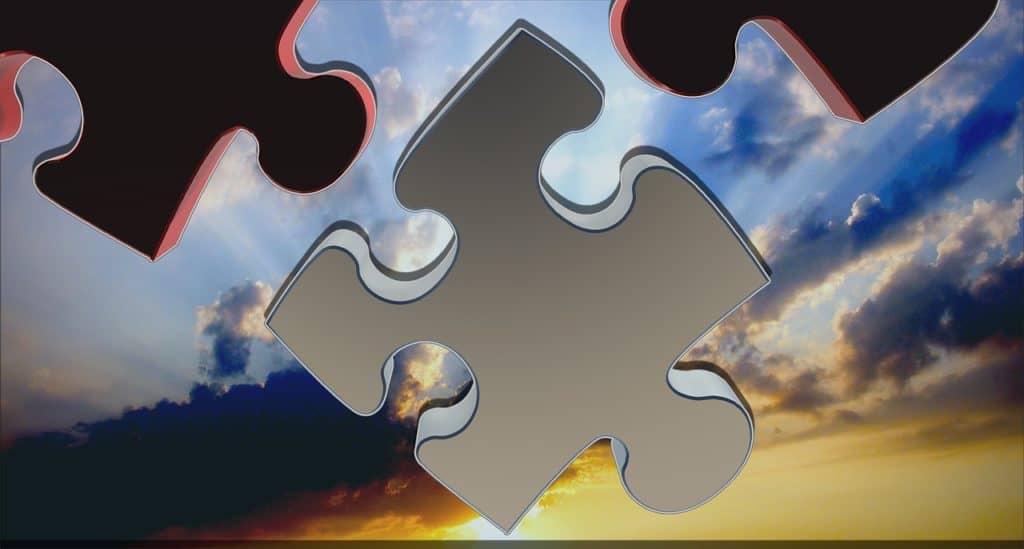A colleague presented this case on the SAGES Foregut Surgery Masters Program Collaboration:
70 year-old-male with history of esophageal perforation from a Boerhaave rupture, who had repair and omental patch about 4 years ago. Had progressive nausea, vomiting and epigastric pain after that, ultimately diagnosed with gastroparesis, likely vagal nerve injury. Also later diagnosed with SMA syndrome, which I suspected was from weight loss secondary to gastroparesis. He did well with a GJ tube, and I had him set up for pyloromyotomy but he cancelled because he was feeling so well after gaining some weight with the tube. Now it’s several months later and he’s feeling bad and losing weight again. I’ll be replacing his GJ tube for sure. My questions: if considering surgery, would you address both the SMA syndrome and GP at the same time, or treat GP alone and see how he does? I fear that his J shaped stomach will not respond all that well to pyloromyotomy but have no data to back that up. He’d be a poor candidate for subtotal gastrectomy I think (CHF, EF 30%).
This patient has advanced gastroduodenoparesis resulting in a dilated stomach and duodenum without any mechanical obstruction of the duodenum as is typically the case with SMA syndrome. The treatment for this rare condition must target gastric motility. Rather than performing a subtotal gastrectomy or bypassing the stomach with a Roux-en-Y gastric bypass, a modified sleeve that preserves the antral pump is an excellent solution. I have developed this approach several years ago and I have personally applied it on several patients with great results. I published a case report in SOARD in 2012 to illustrate my approach ( https://www.ncbi.nlm.nih.gov/pubmed/22963822).
Mechanical drainage of the stomach with a pyloroplasty or wide gastro-jejunostomy does not work in general for gastroparesis and in particular for advanced gastroduodenoparesis.
The mechanism behind gastric motility improvement that results from resecting the greater curvature is not well understood. It is possible that stomach motility recovers by resecting the cells of Cajal or gastric pacemakers, typically located along the greater curvature. I think that gastroparesis is associated with emptying disorders of the Magenstrasse pathway. A modified gastric sleeve resection reestablishes this pathway.
Understanding gastric motility and its underlying neuro-hormonal mechanism, in health and disease, is crucial to improving our care of patients with obesity, diabetes, GERD and diabetes.

